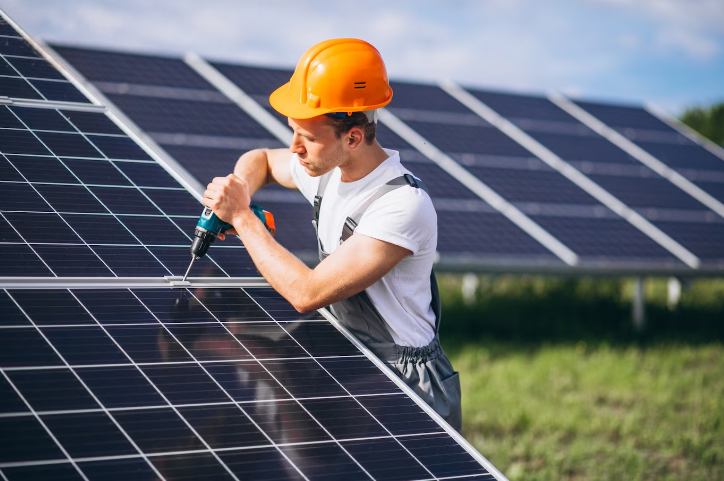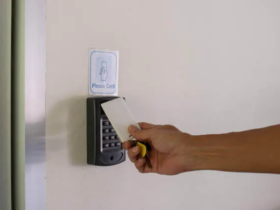In recent years, the world has witnessed a significant shift towards sustainable energy sources, and one of the most accessible and effective ways for homeowners to contribute to this green movement is through solar panel installation. Solar panels not only reduce your carbon footprint but also offer substantial long-term savings on energy bills. In this comprehensive guide, we will explore the efficient solar panel installation for home energy solutions.
Introduction
Solar power, derived from the sun’s abundant and renewable energy, has become an increasingly popular choice for homeowners looking to reduce their reliance on fossil fuels and lower their electricity bills. Solar panel installation allows you to harness the power of the sun to generate clean, renewable energy right from your own home. However, to make the most of your solar investment, it’s crucial to ensure efficient installation.
Why Choose Solar Panels?
The transition to solar energy is not merely a trend; it’s a commitment to a more sustainable and eco-friendly future. Here are some compelling reasons why you should consider solar panel installation for your home:
- Lower Energy Bills: Solar panels can significantly reduce or even eliminate your electricity bills, saving you money in the long run.
- Environmental Impact: By generating clean energy, you reduce your carbon footprint and contribute to a healthier planet.
- Energy Independence: Solar panels offer a degree of energy independence, reducing your reliance on the grid and power companies.
- Increased Home Value: Solar panels can increase the resale value of your home, making it more attractive to potential buyers.
- Government Incentives: Many governments offer tax incentives and rebates to encourage solar adoption, making it more affordable.
Efficient Solar Panel Installation Process
Step 1: Site Assessment
Before you can install solar panels on your home, you need a thorough site assessment. A professional installer will evaluate your roof’s orientation, shading, and structural integrity. This assessment ensures your solar panels are positioned optimally for maximum energy production.
Step 2: Design and Permitting
Once your site assessment is complete, the next step is the design and permitting phase. During this process, the installer will create a customized solar panel system for your home. They will also handle the necessary permits and paperwork to ensure compliance with local regulations.
Step 3: Installation
The actual installation of solar panels involves mounting the panels on your roof or another suitable location. The installer will also connect the panels to an inverter, which converts the sun’s energy into usable electricity. The entire system is then connected to your home’s electrical grid.
Step 4: Inspection and Connection
After installation, your solar panel system will undergo a final inspection to ensure it meets safety and performance standards. Once approved, your system will be connected to the grid, and you can start generating clean, renewable energy for your home.
Conclusion
Efficient solar panel installation is a vital step in transitioning to sustainable home energy solutions. By choosing solar power, you not only reduce your environmental impact but also enjoy long-term financial benefits. With the right site assessment, design, and professional installation, you can harness the power of the sun to create a more sustainable and cost-effective energy future for your home. Make the switch to solar panels today and take a significant step towards a greener and more sustainable lifestyle.








